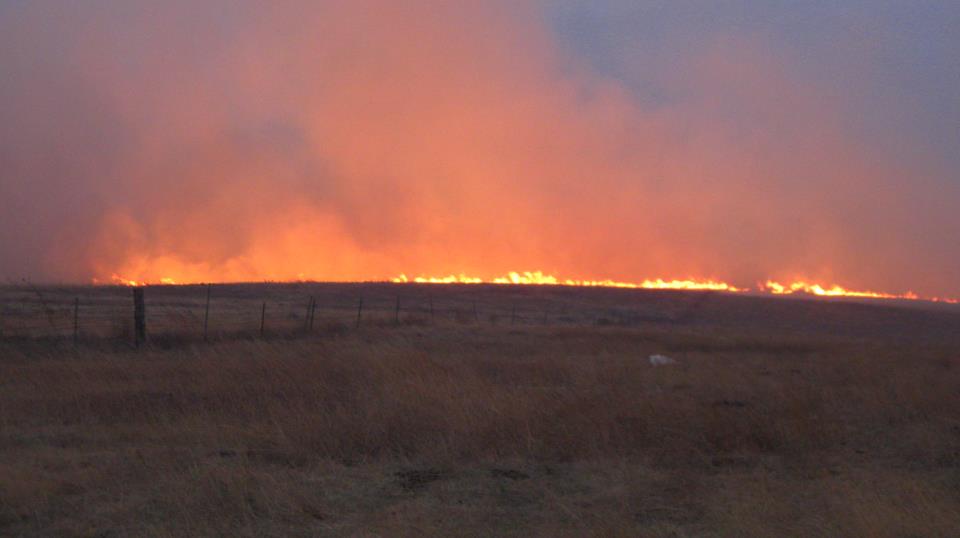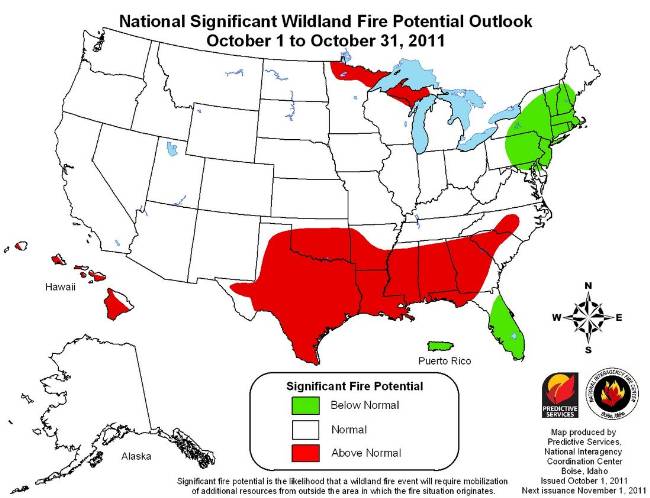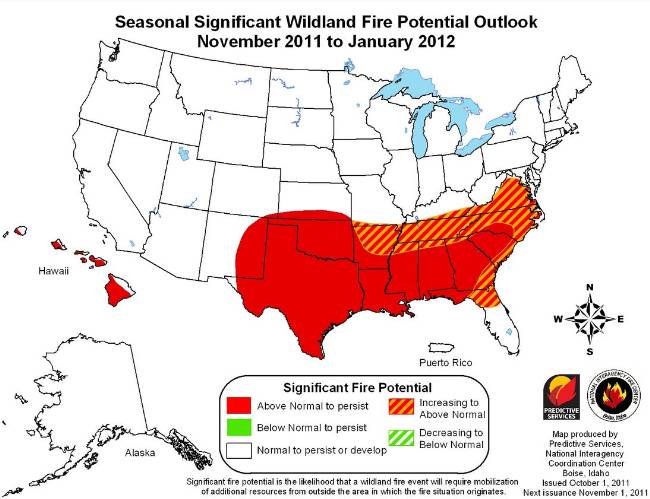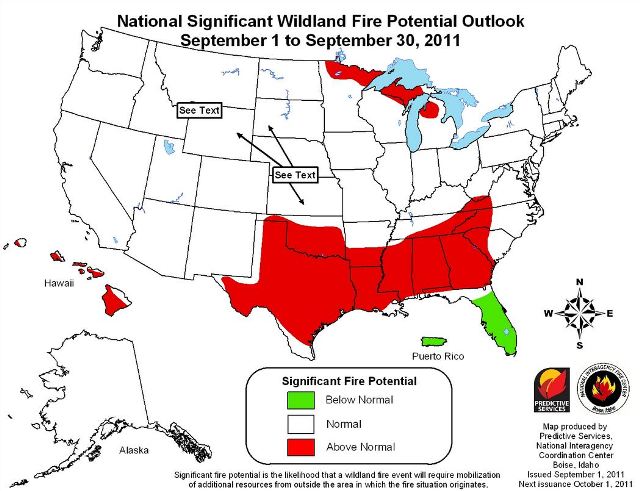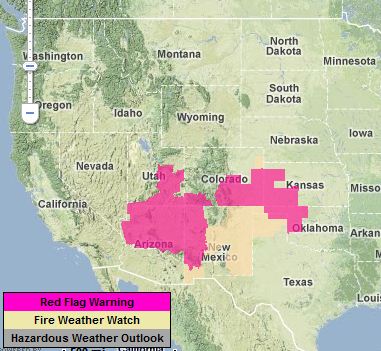Sometimes large fire whirls over wildfires, spinning columns of air, debris, and sometimes flames, are called “fire tornadoes”. If they are on or close to the ground the more accurate term is most likely “fire whirl”. We have reported on them before, including one in Hawaii. We even posted a picture of the tracks of dust devils, spinning air not associated with a fire, on Mars. Yes, Mars.
 When Kelly Schwartz was driving home after getting gasoline in his vehicle on October 24, 2011, near Langdon, North Dakota he spotted a smoke column over a vegetation fire. Being a photographer, he pulled out his camera and started taking some pictures. The smoke, back-lit by the afternoon sun, made for some good photos. But then he saw something unusual in the smoke.
When Kelly Schwartz was driving home after getting gasoline in his vehicle on October 24, 2011, near Langdon, North Dakota he spotted a smoke column over a vegetation fire. Being a photographer, he pulled out his camera and started taking some pictures. The smoke, back-lit by the afternoon sun, made for some good photos. But then he saw something unusual in the smoke.
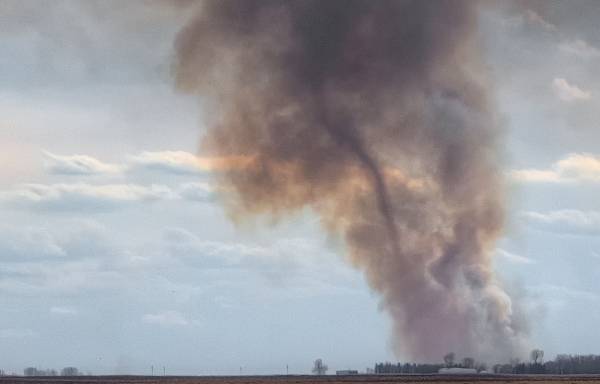 The photos are published here with Kelly’s permission.
The photos are published here with Kelly’s permission.
He said on his blog:
…I start to notice this tornado looking thing in the smoke. I found an approach and snapped some more pictures. 10 minutes later I arrived at fire, but it had died down quiet a bit and wasn’t producing as much smoke and the tornado looking thing was gone.
Kelly sent the photos to the National Weather Service to get their opinion on what he had seen. Here is an excerpt from their analysis, written by Gregory Gust, NWS Warning Coordination Meteorologist:
===========================================================
“…Why did this “Fire Tornado” occur?
A Fire Whirl generally forms when superheated air near the surface of a large fire zone rises rapidly in an airmass where sufficient horizontal or vertical vorticity is also present. Much like a dust devil or whirlwind, the rapidly rising air above a wildfire can accelerate and turn the local vorticity into a tight vertical vortex, now composed of fire instead of dust. Whereas the dust devil will often mix out its local temperature discontinuity and the vortex dissipate rather quickly, over a few minutes or less, the wildfire zone can help maintain a fairly long-lived fire whirl lasting for several minutes or more.
A Fire Tornado would be a much more extreme example, and involve a Fire Whirl that had stretched vertically from the ground up to the base of developing cumuliform clouds. In our case, the vortex extended nearly 3900 feet high.
What’s the Meteorology behind all of this?
A below listed article by Mike Umscheid, with the NWS office in Dodge City KS, has a great meteorological explanation and example of how this process initiates.
Our detailed analysis of the Langdon event will take some time to complete, but preliminary information suggests that similar ingredients are present as follows: 1. the fire zone heating produced the rapidly rising air, 2. the lower level winds had enough environmental shear to induce a vertical vorticity near the surface and get the fire whirl going, and then sustain it.
In addition, we suspect that at least two additional factors were in play, as follows: 3. low level moisture was sufficient to rise, cool, condense and form the pyro-cumulus cloud deck, and 4. the lifted condensation level (LCL) was close enough to the level of free convection (LFC) so that the developing pyro-cumulus quickly became a towering cumulus… which may have increased the overall up draft speed and vertical vorticity to such an extent that the near surface Fire Whirl stretched into a Fire Tornado.
The 2:55 p.m. CDT report from the Langdon Airport listed winds at 3 mph from the east, with visibilities reduced to 1.25 miles in haze, and lowest cloud heights of 3700 to 3900 feet AGL. The next published observation, at 3:15 p.m. CDT, listed winds as calm, visibilities as unrestricted (10 miles or greater), and skies as overcast at 3900 feet AGL.
According to local observers, the pyro-cumulus cloud developed quite quickly above the fire zone as the ascending smoke plume then took on its whirl.”


